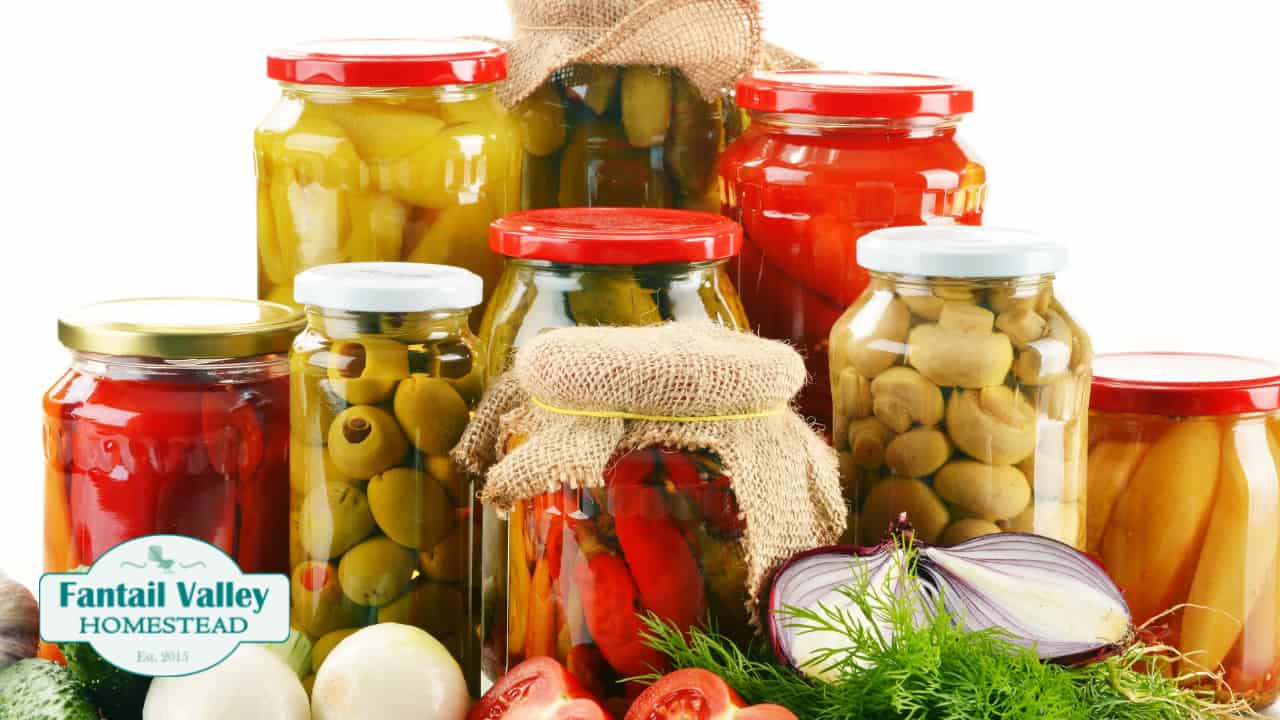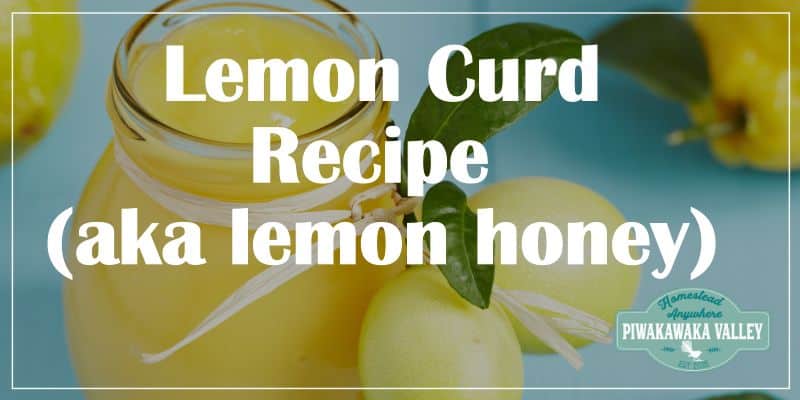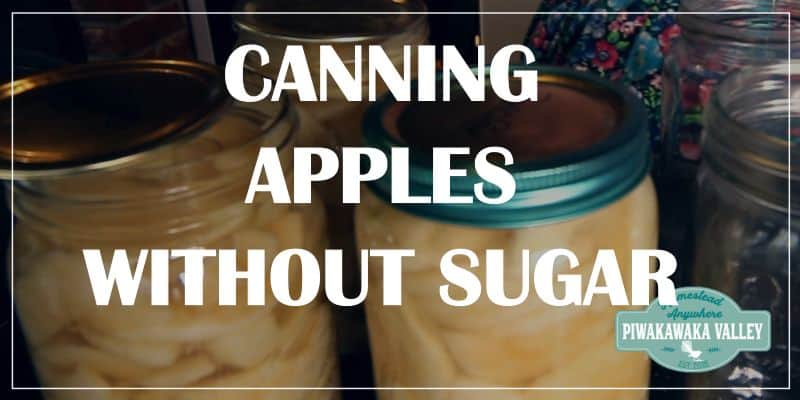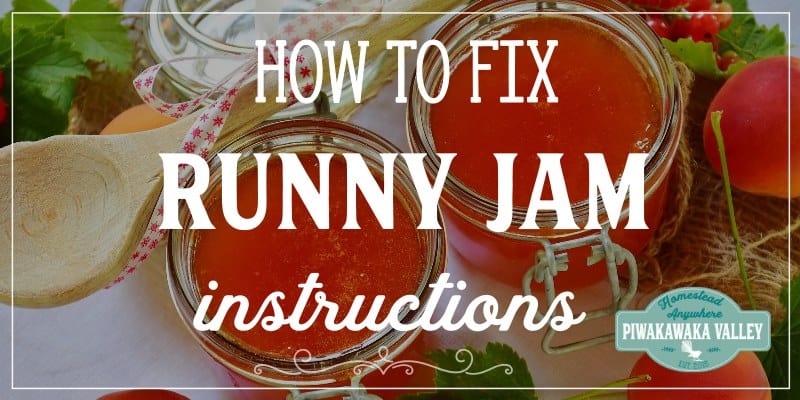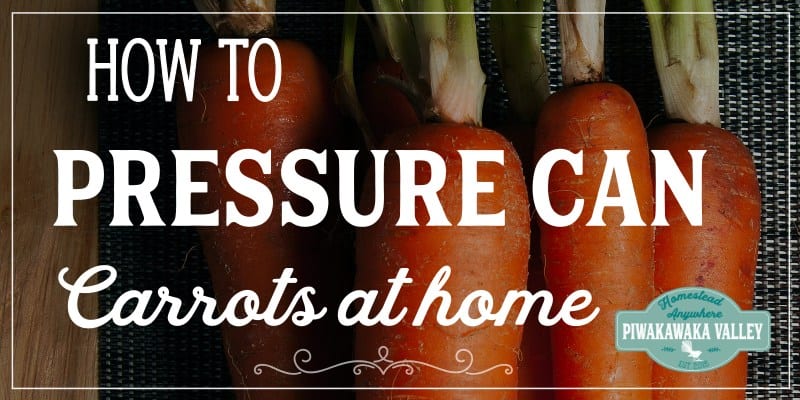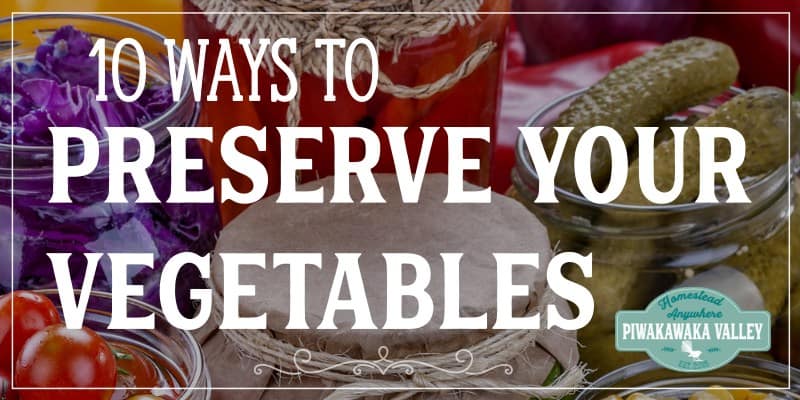This post was most recently updated on September 15th, 2020
Dehydrating food is a fantastic way of preserving the quality and goodness in the food without needing to freeze or can it. Some foods dehydrate better than others, but no matter what fruit or vegetable you are dehydrating, you can do with without a dehydrator.
Please read: This information is provided for educational purposes only and is not intended to treat, diagnose or prevent any disease. We encourage you to make your own health care decisions in partnership with a qualified health care professional.
This post contains affiliate links, this means at no extra cost to you, we make a commission from sales. Please read our Disclosure Statement
Many people start dehydrating food without a dehydrator, as it is best to check that you will enjoy the taste of dried food, as well as actually use the dehydrated food over the year.
If you go camping or hiking, dehydrated food is a great option for taking nutritious, home grown meals with you without being weighed down by carrying whole fruits and vegetables with you.
Here are 10 vegetables that you can start with, and I have also reviewed a few dehydrators for you here, and you can even make meat jerky at home too.
Why would you want to dry food without a dehydrator?
A good dehydrator can be expensive, and sometimes the budget simply doesn’t stretch that far.
Drying food in the oven (or one of the other methods we will look at) is a great way to get used to making, storing and using dehydrated food, before you splash out on a new appliance.
Often people’s first attempt at dehydration food is a spur of the moment thing, where you simply have too much produce and not enough time or space to preserve it some other way. Or the vegetable is something like kale that is kind of gross canned.
Best Fruits and Vegetables for Dehydrating
Well-washed ripe fruit such as halved strawberries, sliced apples, bananas, apricots, plums, peaches are great for dehydrating.
To help preserve their colour you can wash them in a citric-acid solution (or lemon juice and water) for about 5 minutes before drying them.
Some vegetables like carrots and broccoli need a quick blanch in boiling water to clean off any bacteria and preserve their colour before drying.
Dehydrating food in the oven
To dry your food in the oven, you’ll need:
- Cookie sheets or a flat pan
- Parchment paper
- Lemon juice (used when preparing fruits)
Cut your fruits, veggies, and meat into ¼-inch slices (5mm) and place them on a cookie sheet which has been lined with baking/parchment paper.
Set your oven on the lowest temperature you can get it – 180F/100C is fine, if you have a fan option turn it on too.
Tips For Drying Food In The Oven
Rotate the food throughout the drying process to ensure even dehydration.
For the best results, I would recommend you to turn the food slices every hour or two to for even dehydration on both sides.
If you’ll be using several pans, be sure to position them a few inches apart for even air circulation.
An oven will take 6-10 hours to dehydrate food properly depending on the thickness of slices and wetness of the food.
Dehydrating food in your Toaster Oven
If you have a toaster oven, you can use it to dehydrate smaller volumes of produce. The benefits to using your toaster oven rather than the big oven are:
- They are cheaper to run
- They don’t interrupt the use of the big oven
- They generally have lower temperature options
Tips for using a Toaster Oven to Dehydrate Food
Use the lowest temperature setting possible on the toaster oven.
When drying food using a toaster oven, you’ll still need to cut the food into thin slices and place them onto a parchment paper to prevent them from sticking onto the metal tray.
Most toaster ovens don’t have a fan to circulate the hot air evenly across the food, so you’ll want to keep on turning the food for even drying.
Toaster ovens don’t regulate their temperature as well or as reliably as a big oven, so keep an eye on your food.
You can also consider leaving the oven door slightly open to prevent heat build-up.
Using A Microwave to Dehydrate Food
Many foods can be dried effectively in a microwave.
I don’t recommend drying jerky in the microwave, you will be disappointed with the results.
The microwave is really only good at fast drying foods like herbs (and some apples).
How To Dehydrate Herbs In The Microwave
Clean the herbs and use paper towels to dry them.
Spread a paper towel on the rotating plate of the microwave and arrange about a cup of the herbs on it.
Use the High Power setting to dry the herbs for 2-4 minutes stopping every 30 seconds to stir the herbs.
Dehydrating Food Without Electricity
Fire Drying Food
This is one of the oldest methods. It works best for meat although vegetables and fruits can also be dried by placing them on the ground near an open fire, or on racks above the fire.
Remember that the food shouldn’t be so close to the fire or else you’ll be cooking it. Hang the food at a height where you can keep your hand for some time without getting burnt.
Air Drying Food
Flowers, small fruit (like chillis or berries) and leaves can all be air dried. Cover them with a mesh bag to keep the bugs away, and hang somewhere warm, dry and draughty until dried.
Sun Drying Foods
I highly recommend drying herbs and tomatoes with this method, which develop an extra level of sweetness when dried in the sun.
To sun dry tomatoes (or any other fruit or veggie you wish to sun dry), wash them and slice them thinly and place them on a lined baking sheet.
Leave them in a very sunny spot until they’re perfectly done. This could take a few days, so bring them inside over night to keep the pests away!
Be sure to put some kind of mesh material over the food, to keep the flies from getting to it during the day.
Sun-drying herbs is especially easy – simply tie the herbs together with a twist-tie and then wrap the herbs in cheesecloth and hang in the sun until crispy dry.
Storage and Uses of Dehydrated Food
Once you’ve removed all of the moisture from your foods, it is best to store them in an airtight container.
They should be kept in a cool, dark space to keep as fresh as possible.
Remember to write on the jar what is in there and the date. Dried fruits can be used as they are. Vegetables are often best rehydrated in soups and stews.
I love the Ball canning book recipes and instructions combined with my own canners recipe book.








